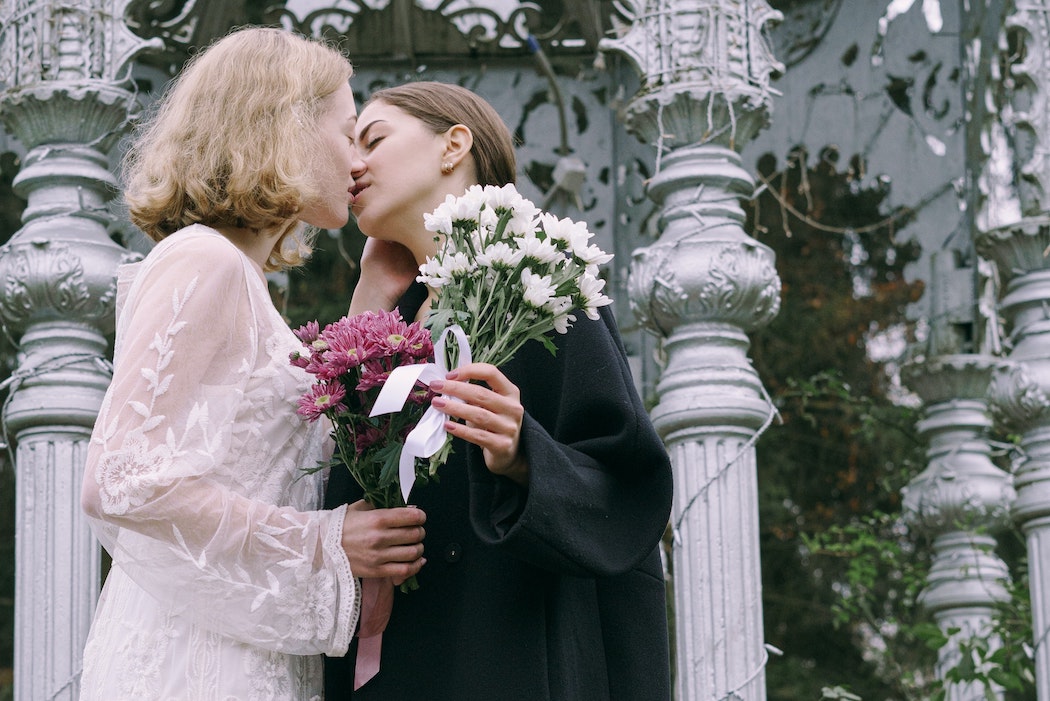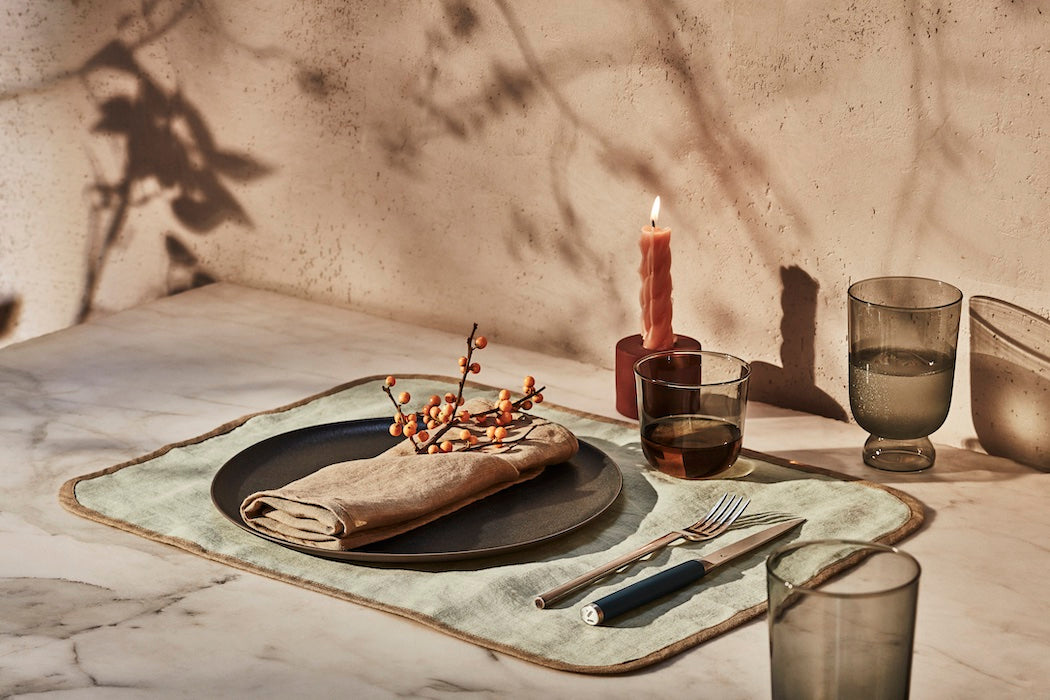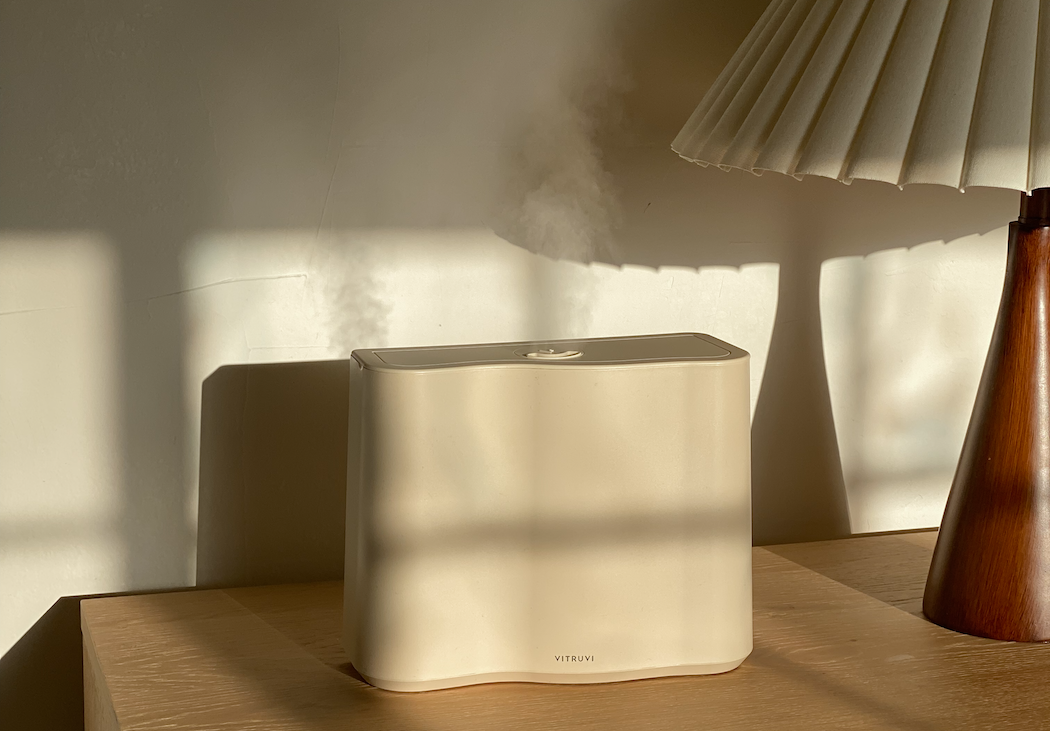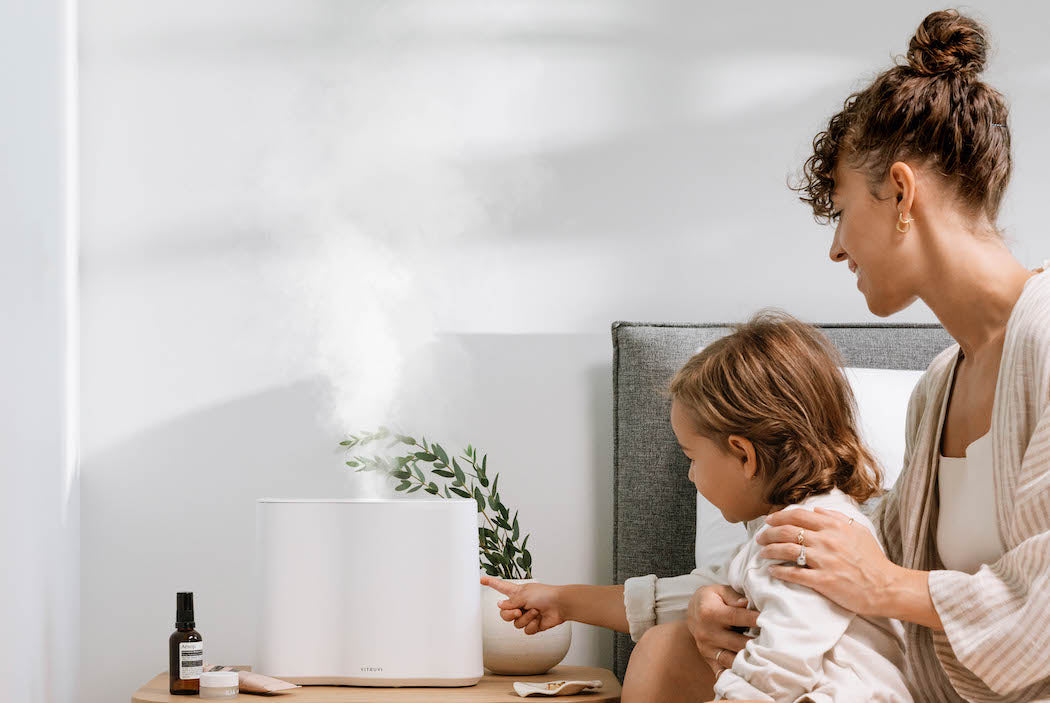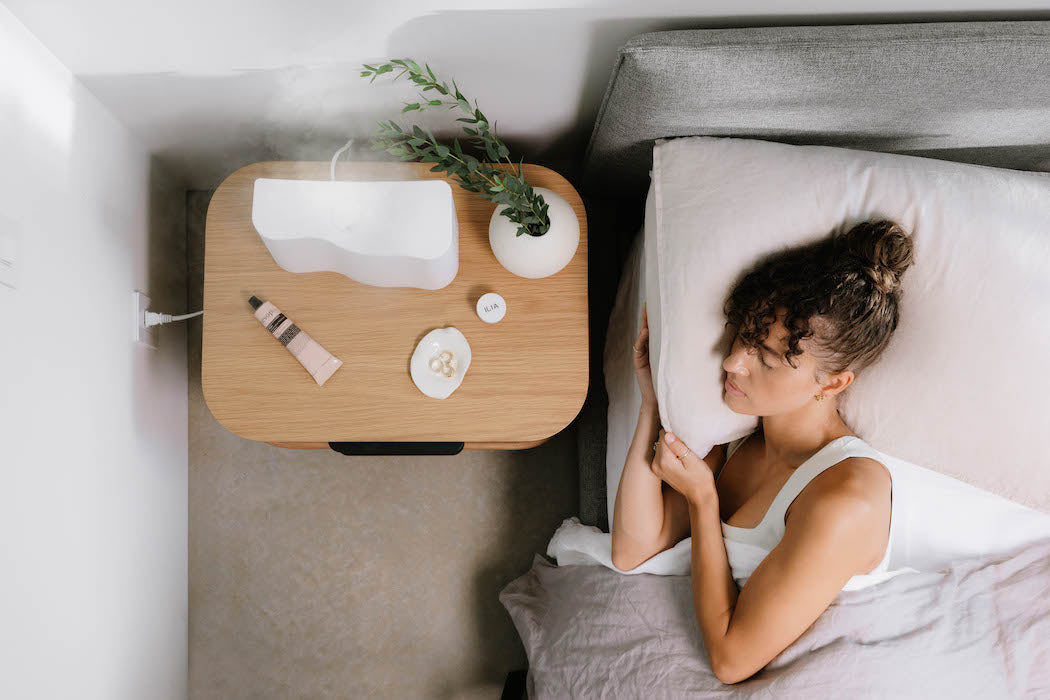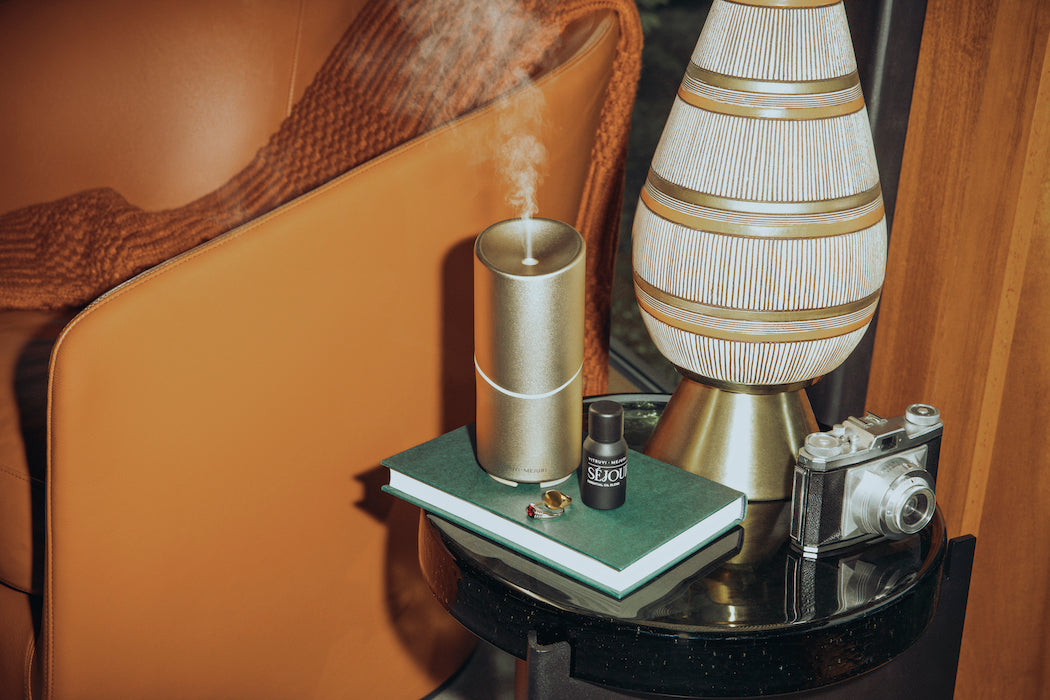Some people have an innate ability to create a home that is an extension of who they are. When you step inside their space, a new layer of understanding unfolds as you witness a personal history unspooled onto the surroundings. The choice of chairs. The color on the walls. The framed photos. It’s all a visceral tenor of self-expression.

Then there are those of us who feel that designing a home is an insurmountable feat. To know where to place the sofa may seem intuitive, but how do you bring in the warmth? What will build character and exude your quirks and sentiments in the truest of ways?

That’s where Kate Towill excels. A longtime interior designer who has spanned the film, hospitality, commercial, and residential fields, Towill, who is based in Charleston, South Carolina, carries the dual and improbable role of a translator of sorts. She pulls layers out of her clients to help them create spaces that feel deep, undeniable, and fully them. In Towill’s world—which includes her role as founding principal of Basic Projects, the lifestyle-driven design and hospitality firm she owns with her husband, Ben—conventional design rules seem arbitrary. Rather, she creates according to one’s sincerity. It is important that a home feels personal, she says, and not overly designed.

Towill makes this sound simple. And the truth is, creating a personalized space may just be less complicated than we tend to believe. The key is to lead less with our heads and more with our guts, and to go with what we like, which Towill offers insight on how to do. Throughout several emails, the last of which Towill answers with her new baby girl on her hip, she talks about her approach to design, the general aesthetic tenets she follows, and her accessible tips for making any space into a true home of one’s own.
When you walk into a home that you feel expresses someone’s personality and experiences, what stands out to you?
The art on their walls and how intimate it feels to them, or whether it feels like a designer chose it. That’s a real pet peeve of mine: when a home feels more like their designer’s than their own.

What do you feel our homes should do for us? Should they meet us where we are? Remind us of our experiences?
Our homes should feel like a sanctuary surrounded by happy things and calm things. There should be a balance of some rooms that are cozy and more decorated, and some rooms that are calm and very minimal.
What aesthetic approach do you take?
I love to mix textured vintage and clean-lined modern. Too much vintage feels heavy, and too modern feels cold.
It’s so important to have art and frames up on the wall that mean something to you, make you smile, and bring back wonderful memories. Art always feels like a very personal thing when I am designing someone’s home, and I really need them to direct me. It’s always wonderful when they have pieces they brought with them for many years and we can design around them. My husband Ben always says it doesn’t feel like our home yet until our memories are up on the wall. That was the first thing to go up when we used to move a lot back in the day.

When working with clients, how do you ensure you honor their personalities in the spaces you create for them?
I like to include them in the furniture decision process, not only for the desired budget, but because they are the ones living with each piece. I don’t love designer-diva vibes. It’s a group effort—always.
I watch their faces to see what pieces light them up the most, and have a clever way of pushing clients towards the look I feel they want from our original meeting. If a client picks a piece of furniture that doesn’t feel right, I normally say, “We can do better.” Keep it positive! And I always encourage waiting until we love it. Less is great if it’s quality pieces.
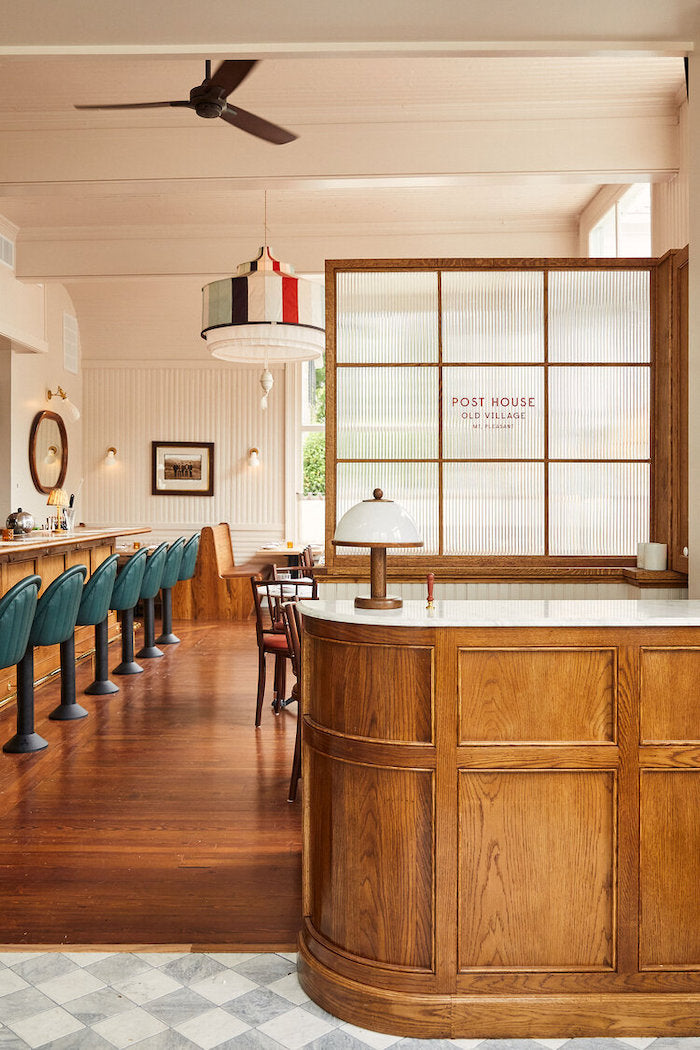
For someone who may feel overwhelmed by designing their home, what are some tips for creating a space that is thoughtful, personal, and intentional?
It’s very important not to rush everything just to get it finished. Start with a few great pieces you absolutely love and that make you happy, and then go from there. Have fewer items yet aim for quality.
I once read an article on designer Vicky Charles in which she suggested that you choose pieces that make you happy, even if they don’t match. I love that. That is much more important to a home feeling personal and not overly designed.
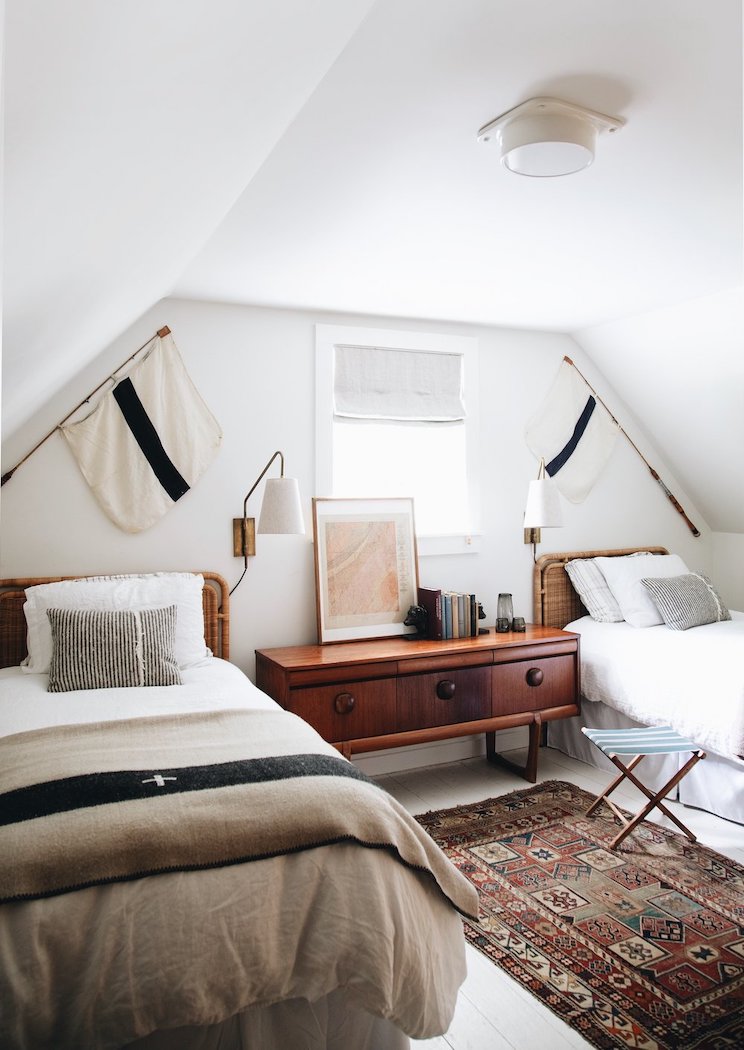
Any easy products or tricks to incorporate?
I love to collect old oil paintings of the seaside. Every antique show or antique store I go to, if I see a good one, I’ll grab it. Or old wooden frames that you can put new black-and-white photos in. It adds instant texture. Sometimes all you need on a white wall is a gorgeous old oil painting over a vintage leather chair. Editing is just as important when you are designing. It’s about knowing when to stop.
For a housewarming gift for my clients, I like to buy something centered around a grounding scent [editor’s note: try Ceremony Blend from vitruvi]. Scents are so powerful and can instantly make you feel at home and calm.
Also, the number-one paint color I use is Farrow & Ball’s Light Blue. It’s the perfect green-grey-blue that is both calming and clean, with a little bit of interest. It changes colors depending on the hour of the day. I used it as an exterior window color for our pub in England, and for an entire bedroom’s ceiling and trim, walls, and doors in our hotel, The Post House Inn. I even used it for my four-year-old son’s bedroom.

What has the past year revealed about what people need and want from their homes?
People are mostly looking to simplify and edit and make their home make sense for everyone in it. With Covid, it caused everyone to slow down and look at what’s around them. These days there is a lot more working at home and time spent there, so it’s important to keep every piece around you thoughtful, useful, and quality.
This interview has been edited and condensed for clarity.



